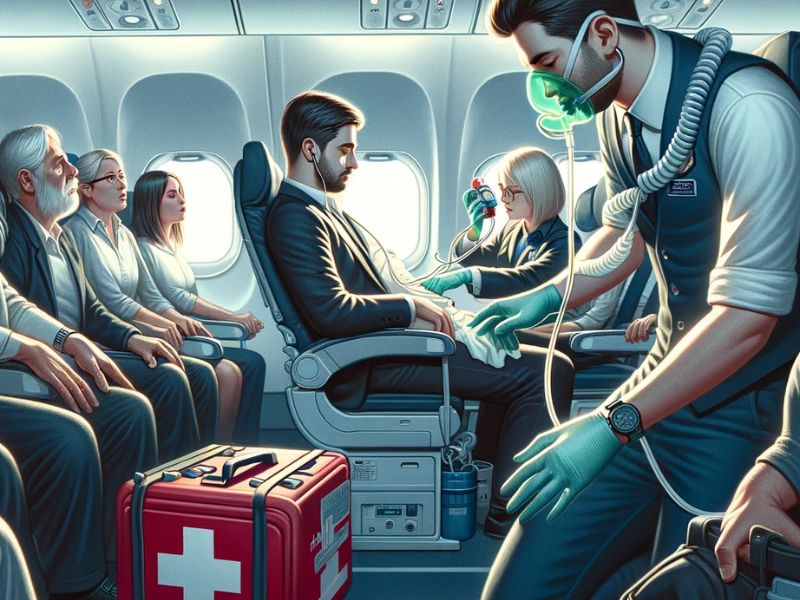
In-flight first aid: how airlines respond
A guide on what happens when an airborne medical emergency occurs
Ground medical resources and management of airborne emergencies
Airlines, while not mandated by the FAA to consult with ground medical support during an emergency, often rely on third parties to handle such situations. These teams, usually composed of emergency physicians trained in aeronautical medicine and telemedicine, assist the crew in determining the best course of action. Despite communication challenges due to radio interference, ground medical support is involved in approximately 16 emergencies per 1 million passengers.
Aircraft Divergence
The decision to divert a flight is made by the pilot, based on input from the cabin crew, medical professionals, and ground support. Among the most common reasons for diversion are cardiac arrests, cardiac symptoms, obstetric emergencies, and potential strokes, considering various factors such as patient preferences, weather conditions, and proximity to medical resources.
Specific Assistance for Common Conditions
The most common conditions requiring assistance in-flight include syncope, with a prevalence of 32.7% among medical emergencies, followed by dyspnea and chest pain. The crew is trained to provide first aid, and if necessary, onboard medical professionals or ground medical support are consulted for treatment advice and possible flight diversion.
Crew Reaction Protocols and Divergence Decisions
Each airline follows well-defined protocols in the event of a medical emergency onboard. The cabin crew, trained to provide first aid and limited medical assistance, plays a crucial role in managing the situation until professional help arrives. Support from medical professionals, when available, is essential in determining the best course of action, including the decision to continue the flight to the planned destination or divert to a closer airport. Airlines may also utilize specialized medical services, such as MedAire’s MedLink, which provide in-flight consultations via satellite phone, radio, or ACARS, allowing direct communication with emergency physicians.
Additionally, airlines like Lufthansa offer advanced medical equipment, including first aid kits, medical oxygen, infectious disease kits, and defibrillators, available on all flights. Some aircraft also have an electrocardiogram (ECG) for a more thorough assessment of the patient’s cardiac conditions.
Preparation and management of medical emergencies in-flight require close collaboration between the crew, medical professionals among passengers, and ground medical support services. The main goal is to ensure the safety and well-being of the patient, making informed decisions on actions to take, including the possibility of flight diversion.
Sources


